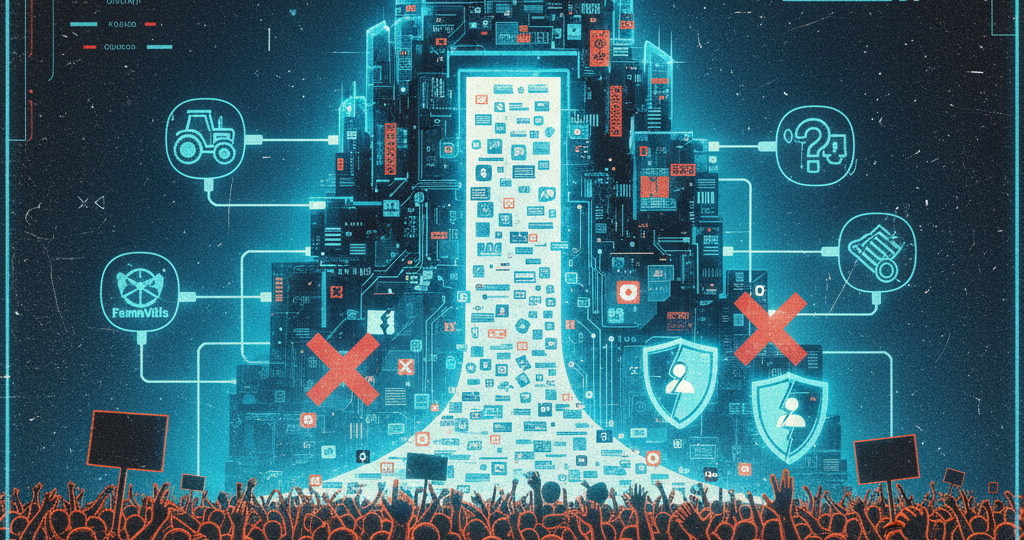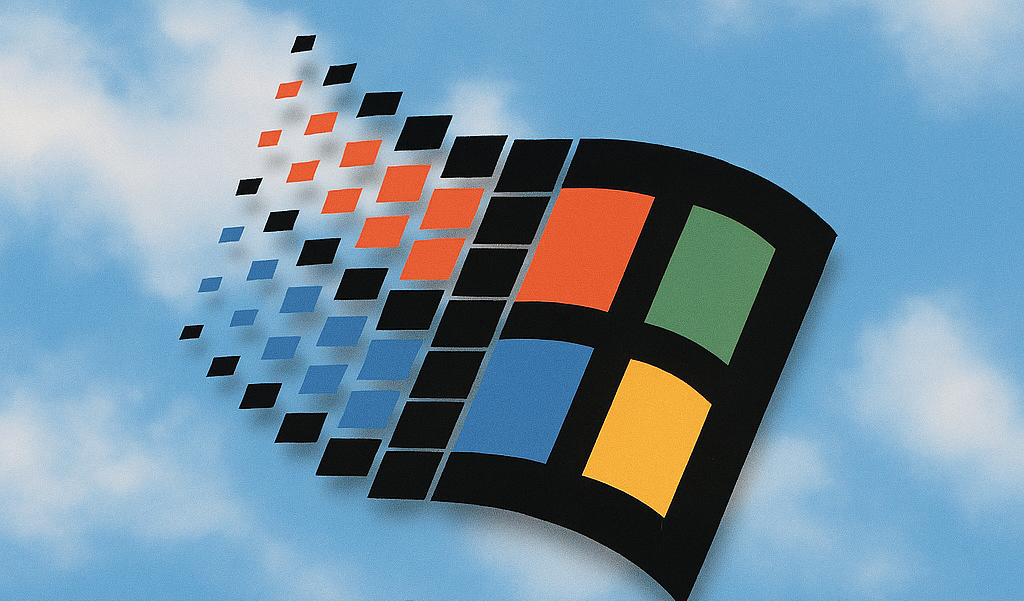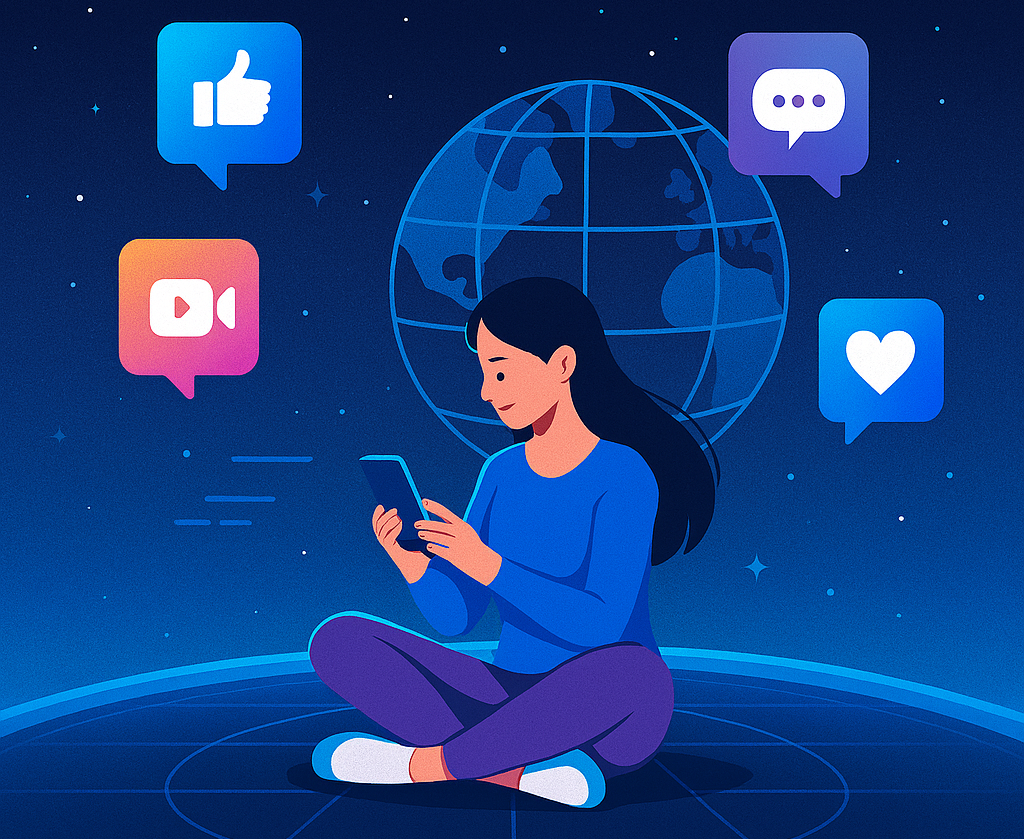
Welcome. For anyone new here, this is a series covering the growth of facebook. Today, we’re talking about its growth along with plenty of problems in silicon valley.
Facebook had shed its collegiate skin, packed its bags for Palo Alto, and found its rebellious mentor in Sean Parker. The “The” was dropped, the funding was secured, and the stage was set for exponential growth. But as Facebook matured from a clever networking tool into a rapidly expanding digital ecosystem, it faced new challenges and controversies, particularly around how it presented information and how much access it granted to others. This period marked a significant shift: Facebook wasn’t just a place to connect; it was becoming a platform for everything.
The year 2007 was pivotal for Facebook’s ambition. It was then that the company opened its application programming interface (API) to third-party developers, launching what became known as The Facebook Platform. This was a revolutionary move. Suddenly, external developers could build their own applications and games directly on Facebook’s infrastructure, leveraging its massive user base and social graph. It unleashed a Cambrian explosion of creativity, from quizzes and games like the wildly popular FarmVille to utility apps. Facebook transformed into an operating system for social life, attracting millions more users eager to personalize their experience, but also raising early questions about data access and user control.
However, not all of Facebook’s innovations were met with open arms. In September 2006, the company rolled out the News Feed, a radical departure from its previous design. Instead of having to click through individual profiles to see what friends were up to, the News Feed provided a real-time, aggregated stream of all their activities: status updates, photo uploads, new friendships, and more. While seemingly intuitive now, this was an entirely new concept at the time and it triggered an immediate and furious backlash.
Users felt blindsided and violated. Their private actions were suddenly being broadcast to their entire network without their explicit consent. Protests erupted across the platform, groups demanding the “Restore Privacy” gained hundreds of thousands of members, and many accused Zuckerberg of blatant disregard for user autonomy. It was Facebook’s first major public relations crisis, a visceral clash between the company’s “move fast and break things” ethos and its users’ expectations of privacy. Zuckerberg, learning a tough lesson, had to publicly address the outcry, apologizing for the surprise and quickly implementing more granular privacy controls. This episode highlighted a recurring tension that would define Facebook’s journey: the constant push-and-pull between innovation, user experience, and the ever-present demand for privacy.
Beyond privacy, this era also saw Facebook’s early, often clumsy, attempts at monetization. They experimented with different advertising models, including controversial features like “Beacon,” which shared users’ activities from third-party websites (like purchases) directly to their Facebook friends without clear opt-in. Beacon was another privacy nightmare, met with widespread outrage and eventually shut down. These early stumbles underscored the enormous challenge of building a profitable business on personal data while maintaining user trust—a balancing act that Facebook would continue to grapple with for years to come.
RELATED POSTS
View all


